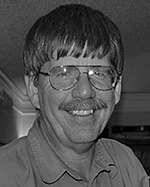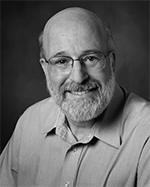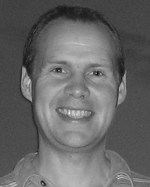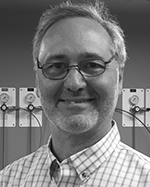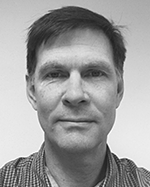 |
Reservoir-scale Geology |
Question: How do reservoir-scale geologic features relate to geomechanical and seismic properties of rocks?
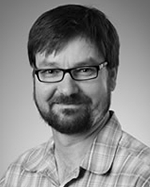
Dustin Sweet, PhD
Texas Tech University
Dr. Dustin E. Sweet holds a PhD (2009) in Geology from the University of Oklahoma and a MSc (2003) and a BSc (2000) in Geology from Boise State University. Upon completion of his PhD, Dr. Sweet worked as an exploration geologist at Chevron Energy Technology Company until he joined the faculty at Texas Tech University in the fall of 2011. During his time at Chevron, Dr. Sweet’s chief role was developing new plays and prospects in new venture opportunities, largely in West Africa. Dr. Sweet’s areas of expertise include process sedimentology, chemical weathering in soil profiles, and stratigraphy. He uses those skills to unravel climatic and tectonic history from the sedimentary record, predominantly within late Paleozoic basins in the United States and Quaternary strata on the Southern High Plains. He currently serves as leader of the Geology Theme for the Center for Geologic Storage of CO2, where he brings his sedimentologic and weathering skills to bear on understanding the character of the interval near the great unconformity in the mid-continent. He enjoys camping with his wife and three boys wherever late Paleozoic strata are exposed.
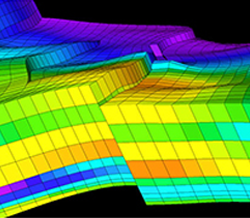
|
Hypothesis Statement: A nexus of new research on geologic architecture, new approaches for relating geomechanical properties and seismic velocities to geologic facies, and new research on depositional-based approaches to simulating geologic facies will lead to significant advances in modeling three-dimensional (3D) spatial variation in geomechanical properties and seismic velocities.
Reservoir geology will be related to geomechanical properties through novel studies and quantitative analysis of combined borehole data sets (i.e., study and analyses of one-dimensional vertical co-located sets of combined geologic, petrophysical, and geomechanical data). In this facet of the project, the contribution of geologic factors, across scales, to the variance in geomechanical and petrophysical properties will be quantified. The results will be expanded to plausible scenarios for 3D sedimentary architecture and geologic structure, based on combined sedimentological inferences from the depositional facies. The 3D models for geomechanical properties and seismic velocities that result from this work will be incorporated into plausible geologic models and used in interpretive forward modeling of seismic velocities.
New geologic research is required to answer questions concerning the mechanisms of injection-induced microseismicity in order to control and predict its occurrence. Advances in addressing problems presented by geologic heterogeneity will come from primarily new approaches to the geologic aspects of simulating reservoir architecture, rather than from advances in the mathematical approaches underpinning such
simulation methods.
